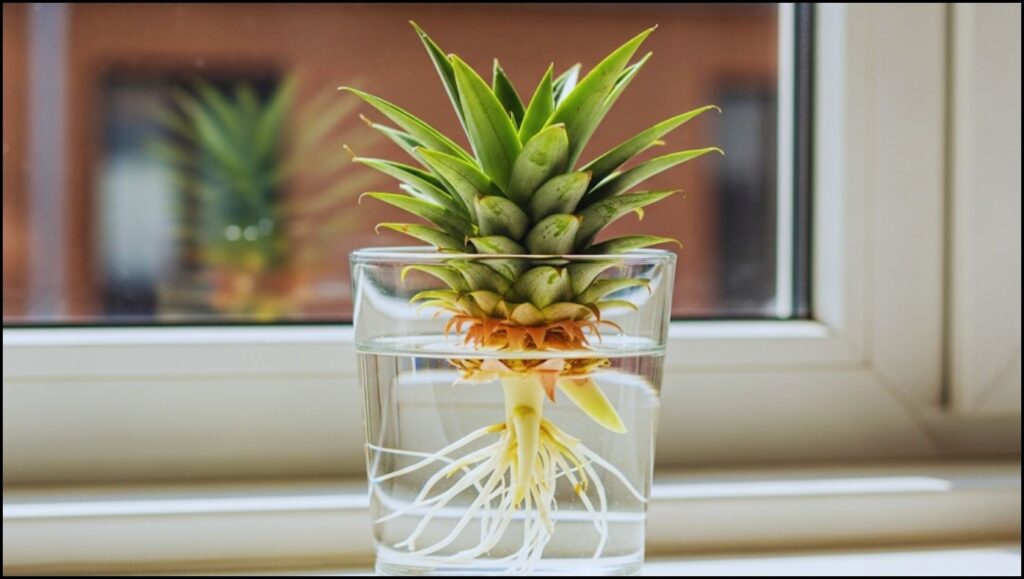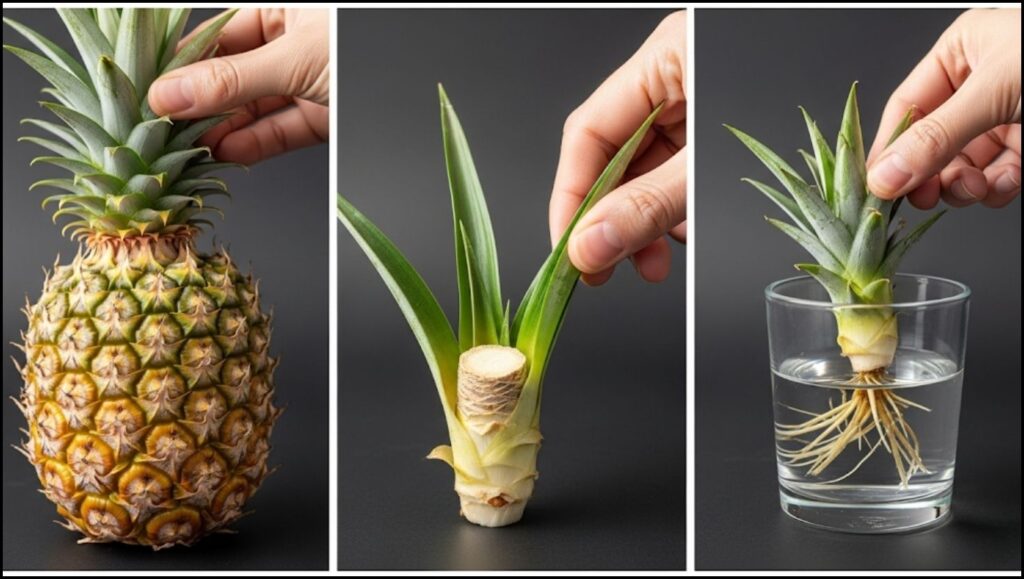The pineapple, a symbol of hospitality and tropical climates, holds a surprising secret: it can be regrown from the green crown of a store-bought fruit. This process, known as vegetative propagation, allows enthusiasts worldwide to grow a pineapple at home with minimal equipment, turning a kitchen scrap into a thriving, and potentially fruit-bearing, houseplant.

This method does not require a specialized nursery or a tropical location. With proper technique and patience, a single pineapple top can develop into a mature plant over several years. Horticultural experts confirm that the principles are straightforward, relying on the natural ability of the pineapple plant, a member of the bromeliad family, to regenerate.
Key Steps for Pineapple Propagation
| Stage | Key Action | Expert Insight |
| Preparation | Twist off, do not cut, the leafy crown from the fruit. | According to the University of Florida IFAS Extension, twisting helps retain the embryonic roots at the base of the crown. |
| Curing | Allow the crown to dry for 2-5 days in a well-ventilated area. | This step is critical to prevent rot when the crown is placed in water or soil. |
| Rooting | Suspend the base of the crown in a glass of water. Change water every 2-3 days. | Roots should appear within a few weeks. This visual confirmation is a key milestone in the process. |
| Planting | Transfer the rooted crown to a pot with well-draining soil. | The Missouri Botanical Garden advises using a sandy soil mix, similar to that used for cacti or succulents. |
Preparing the Crown: The First Critical Step
The journey to grow a pineapple at home begins at the grocery store. Select a healthy-looking pineapple with firm, green leaves, avoiding any with signs of yellowing or decay. The first action is to separate the crown from the fruit.
“The most common mistake is cutting the top off with a knife,” says Dr. Elena Garcia, a botanist specializing in tropical horticulture. “You should grip the body of the pineapple firmly in one hand and the base of the leaves in the other, then twist sharply. The crown should detach cleanly with a small portion of the stalk’s core.”
Once separated, carefully peel off the bottom one or two layers of small leaves to expose the base of the crown. You may see small brown bumps, which are the primordial roots. Allow this crown to “cure” by leaving it upside down in a dry, shaded spot for several days. This callousing process is essential for preventing fungal growth and rot, a common point of failure in pineapple propagation.

Creating the Ideal Growing Environment
After the curing period, the next phase is rooting. Place the base of the crown in a jar of water, ensuring only the leafless part is submerged. Situate the jar in a location that receives bright, indirect sunlight, such as a windowsill.
“Patience is paramount during the rooting stage,” notes a guide from the Royal Horticultural Society (RHS). “You must change the water every few days to keep it fresh and prevent bacterial buildup.” Within two to four weeks, small white roots should begin to emerge from the base.
Once a healthy network of roots, about one to two inches long, has formed, it is time to transition to soil.
Soil, Light, and Water Requirements
An indoor pineapple plant requires a well-draining potting mix. A commercial mix designed for cacti and succulents is ideal, as it prevents waterlogging, which can be fatal to the plant. Choose an 8-inch pot with ample drainage holes to start.
Place the newly potted plant in the sunniest spot available. Pineapples thrive on light, requiring at least six hours of direct sun per day. A south-facing window is often the best location inside a home.
Watering is a delicate balance. “Water the soil thoroughly, but then allow it to dry out completely before watering again,” advises Dr. Garcia. Overwatering is a frequent cause of root rot. In the bromeliad family, it is also beneficial to pour a small amount of water into the central cup formed by the plant’s leaves.
The Path to Fruiting: A Test of Patience
While growing a leafy pineapple plant is relatively fast, coaxing it to produce fruit is a long-term commitment. Under ideal conditions, an indoor pineapple plant may take two to three years to mature enough to flower. The appearance of a small red cone from the center of the leaves is the first sign of a developing pineapple.
From this point, it takes another six months for the fruit to fully develop. The resulting pineapple will likely be smaller than those found in stores, but it is entirely edible and a rewarding outcome for the dedicated home gardener.
Experts caution that not all homegrown plants will produce fruit, as factors like insufficient light, improper feeding, or inconsistent watering can inhibit the process. However, the plant itself remains a striking and low-maintenance ornamental addition to a home. The process itself offers a tangible connection to food production and a lesson in botanical science, a successful outcome regardless of a harvest.
Indonesia Cements Lead as World’s Largest Coconut Oil Producer, Outpacing Philippines
